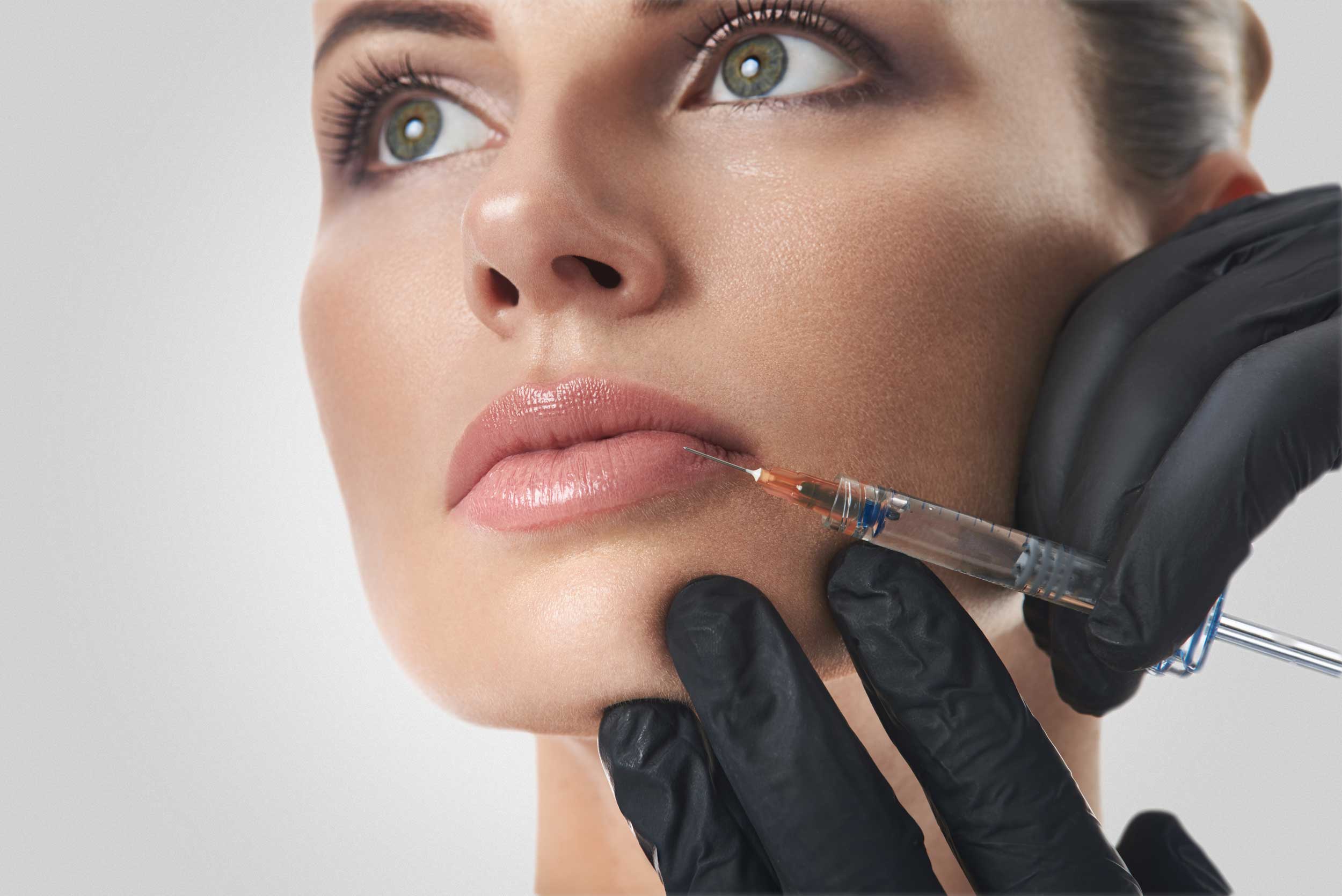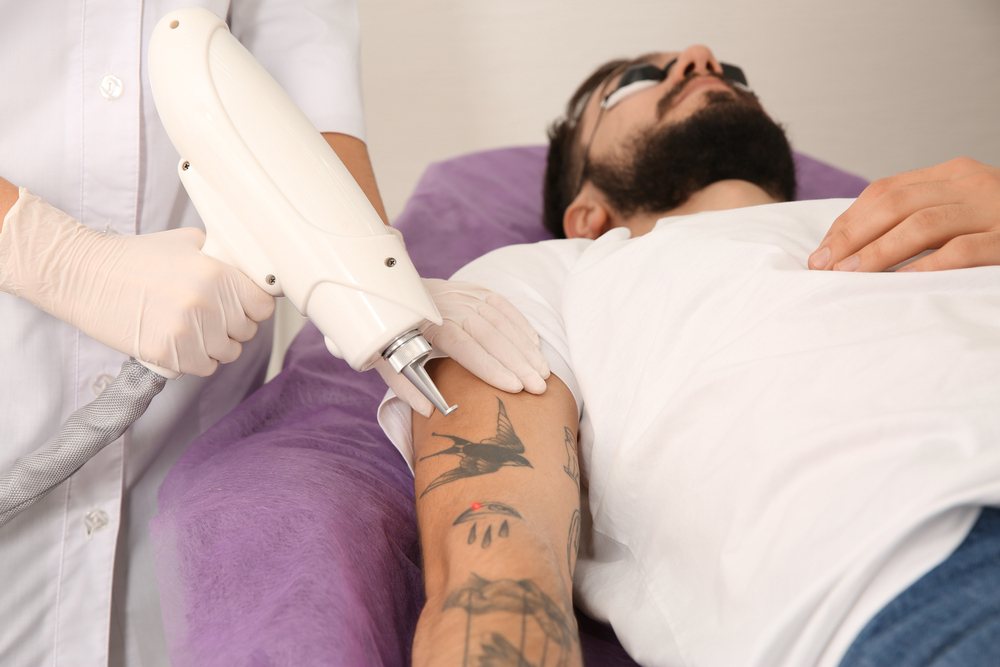
Taking the step to visit a dermatologist for skin cancer care may feel unfamiliar, but knowing what to expect can provide clarity. From screenings to treatment recommendations, dermatologists use a systematic approach to address skin health concerns. Here are some of the key stages of this process so you can feel more prepared when meeting with your dermatologist:
Skin Cancer Screenings
The first part of your visit may include a skin cancer screening, which involves a thorough examination by a dermatologist. They will check your skin for any unusual spots or markings. The process may begin by discussing your medical history, including any sunburns, use of tanning beds, or previous skin conditions. The dermatologist may also ask about skin cancer in your family, as this helps determine the ideal screening approach.
Then, a more comprehensive skin check may be performed. During this exam, the dermatologist looks at your skin for moles, freckles, or lesions that have irregular borders, unusual colors, or patterns. These could be signs of potential problems, and the goal is to spot anything that needs further attention. If you’ve noticed any specific areas of concern, sharing this with your dermatologist can be very helpful.
Diagnosis of Cancer Form
If the screening detects a suspicious area, the dermatologist may take further diagnostic steps. These can include examining the area more closely or performing a biopsy to determine if the lesion is cancerous. A biopsy involves removing a small tissue sample for laboratory analysis. The type of biopsy performed depends on the case. Laboratory test results help confirm whether cancer is present and identify its type, such as basal cell carcinoma, squamous cell carcinoma, or melanoma. This stage also reveals the scope or depth of the cancer, which guides subsequent treatment decisions.
Doctor Recommends Treatment Path
Once a diagnosis is made, the dermatologist discusses treatment options. These recommendations depend on factors such as the type, size, location, and stage of the skin cancer. Commonly discussed treatments include surgical options like Mohs surgery, excision, or curettage and electrodesiccation for superficial types of skin cancer.
Non-surgical treatments might also be discussed, such as cryotherapy, topical medications, or photodynamic therapy. Your dermatologist explains the goals and processes of each treatment option in careful detail. Along with this, they provide guidance on timelines, recovery expectations, and any precautions you may need to take during the treatment process.
While the specific recommendation varies from case to case, the approach is collaborative. Patients may have the opportunity to ask questions, weigh options, and understand the choices available before deciding on a treatment path.
Schedule a Dermatologist Appointment
Regular dermatologist visits are part of proactive skin care, particularly for skin cancer management. If it’s time to schedule your first visit or follow-up care, planning ahead makes the process seamless. Dermatologists are experienced professionals who guide patients with practical steps and clear information at every stage of care. Whether you’ve noticed changes in your skin, have a family history of skin cancer, or want to take preventive measures, booking an appointment is a valuable way to prioritize your health. Reach out to a specialist in your area to find answers, receive a detailed assessment, and explore the options available for your skin health.





